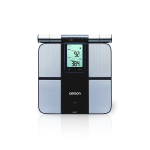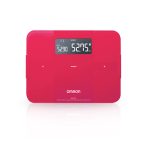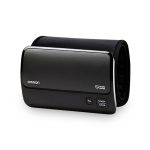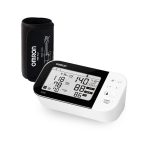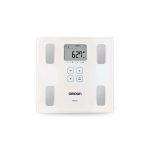Patient Insights in Home Respiratory Therapies
April 4, 2024 2024-06-26 14:49Patient Insights in Home Respiratory Therapies
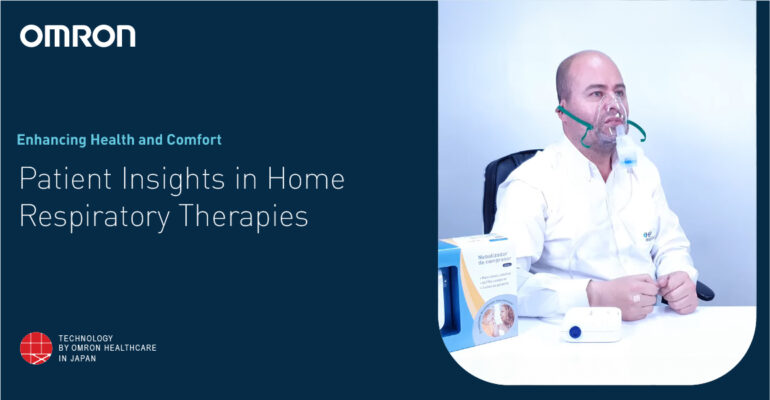
Patient Insights in Home Respiratory Therapies
In recent years, the landscape of healthcare has been shifting, particularly in the realm of respiratory therapies. With advancements in technology and a growing emphasis on patient-centered care, more individuals with respiratory conditions are now able to manage their health from the comfort of their own homes. This shift isn’t just about convenience; it’s about empowering patients to take control of their health and improve their quality of life. Let’s delve into the world of home respiratory therapies and explore the valuable insights gained from the patients themselves.
Understanding the Need for Home Respiratory Therapies
Respiratory conditions, such as chronic obstructive pulmonary disease (COPD), asthma, and sleep apnea, can significantly impact a person’s daily life. Tasks that many take for granted, like breathing comfortably or getting a good night’s sleep, can become major challenges for those living with these conditions. Traditionally, managing respiratory illnesses often require frequent visits to healthcare facilities for treatments and monitoring. However, this approach can be burdensome for patients, particularly those with chronic conditions who require long-term care.
Home respiratory therapies offer a solution by bringing care directly to the patient’s doorstep. From portable oxygen concentrators to continuous positive airway pressure (CPAP) machines for sleep apnea, these technologies enable patients to receive the treatments they need without the constant need for clinic visits. Not only does this enhance convenience, but it also allows for more personalized and flexible care tailored to everyone’s needs.
The Patient Experience: Insights and Perspectives
To truly understand the impact of home respiratory therapies, it’s essential to listen to those who use them. Patients with respiratory disorders provide vital input that can help healthcare practitioners, manufacturers, and governments improve these treatment even further. Here are some key insights gathered from patient experiences:
Empowerment through Education: A lot of patients stress the need for instruction and training when it comes to properly utilizing home respiratory equipment. They feel more empowered and confident to manage their condition on their own when they know how to use the equipment, take care of it, and solve typical problems.
Comfort and Convenience: Retaining comfort and freedom is one of the biggest advantages of home respiratory treatments. Being able to get care in a setting they are acquainted with helps ease the stress and worry that come with being in a medical setting.
Support Systems: Patients appreciate the help of medical experts and peer support systems and the independence that home treatments provide. Having access to respiratory therapists, nurses, or support groups can be helpful in times of need or when transitioning to new therapies as they can offer confidence and direction.
Tailored Care Plans: Personalized care plans are needed for the best management of each patient’s respiratory disease. Patients value medical professionals who take the time to learn about their unique requirements and customize treatments accordingly, whether that means suggesting lifestyle modifications or changing prescription doses.
Constant Monitoring and Feedback: To detect respiratory health issues early and stop exacerbations, it is essential to regularly check respiratory health. Patients like tools that provide them feedback on their health, such as oxygen saturation levels or the apnea-hypopnea index, since it makes it easier for them to monitor their progress and get in touch with their medical staff.
The Future of Home Respiratory Therapies
Home respiratory therapy seems to have a bright future if technology keeps developing. advancements like smart gadgets, telehealth services, and remote monitoring systems can improve patient outcomes and treatment even more. Healthcare professionals may give more proactive and individualized assistance to patients by smoothly incorporating these technologies into their daily lives, which will improve the management of respiratory disorders.
But it’s critical to understand that technology is insufficient on its own. The human element of care-which includes communication, empathy, and support- remains crucial. We can design a healthcare system where patients are genuinely at the center by fusing technical advancements with patient-centered practices.
In summary, home respiratory treatments provide patients with respiratory disorders with increased autonomy, comfort, and support, marking a significant achievement in healthcare. We can continue to enhance these treatments and eventually the lives of millions of people suffering from respiratory ailments by paying attention to patient insights and utilizing technological advancements. Let’s embrace a future where respiratory treatment has no boundaries and breathe easier together.

